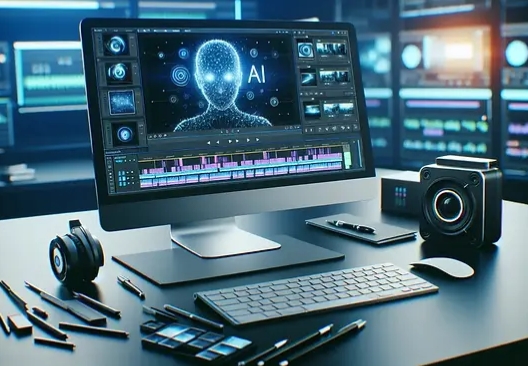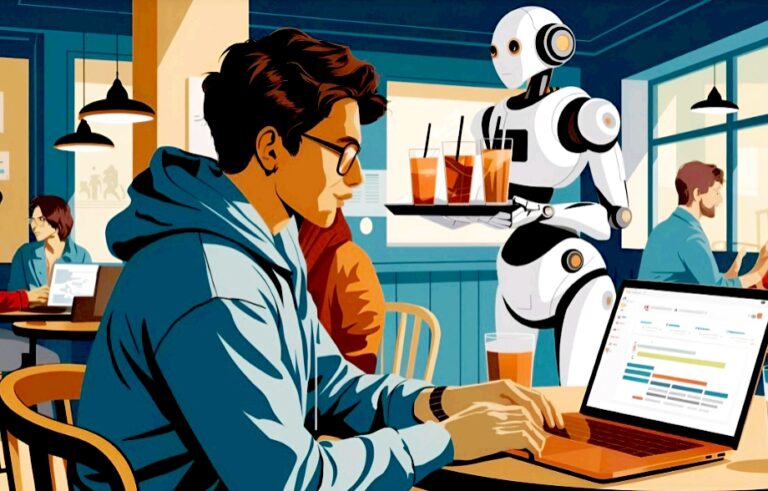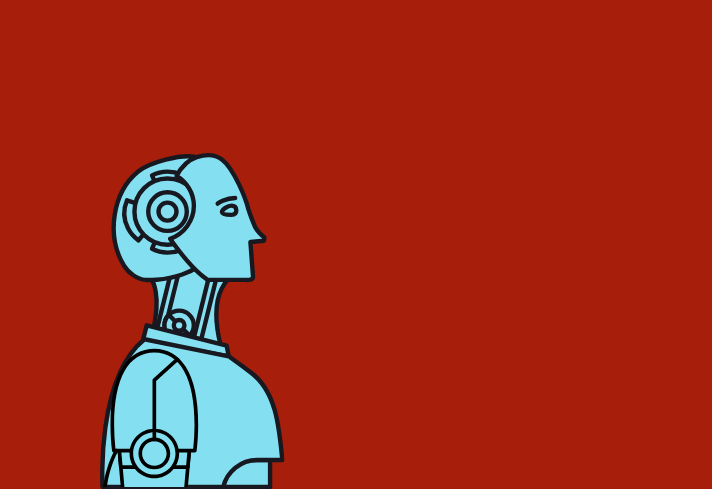AI art has exploded. One minute, digital artists were carefully painting on Photoshop or Procreate; the next, people were generating stunning, surreal, or even photorealistic art in seconds with tools like MidJourney, Stable Diffusion, and DALL·E.
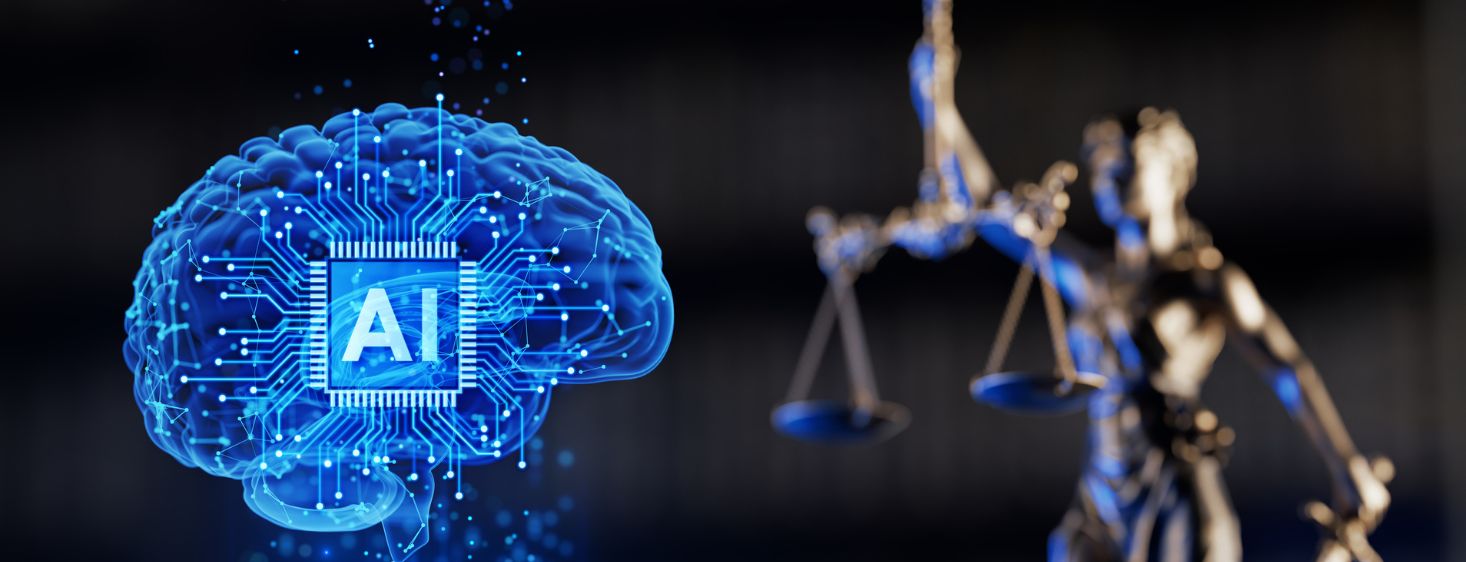
Some call it the future of creativity, others call it soulless theft. But whether you’re excited or skeptical, one thing is clear: AI art is everywhere.
And with that hype comes drama, legal battles, platform bans, viral fame, and big money opportunities.
So let’s cut through the noise and answer the big question: If you use AI art, are you going to get sued, banned, or maybe even go viral?
1. Will You Get Sued? The Legal Side of AI Art
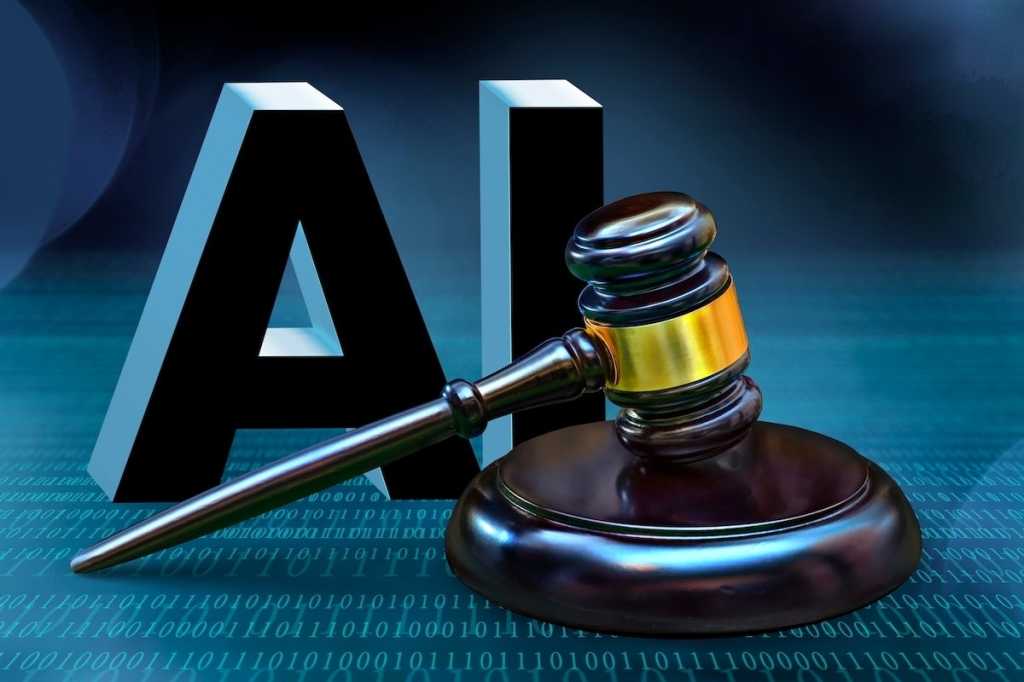
The truth is, the law hasn’t fully caught up with AI art yet. That means things are… complicated. What feels like a creative playground today could one day find itself under stricter rules. Let’s break down the essentials.
Who Owns AI-Generated Artwork?
If you create a piece using MidJourney, Stable Diffusion, or DALL·E, the natural question is: do you own it?
- Most platforms say yes, under conditions.
For example, OpenAI (the creators of DALL·E) lets you use and even sell the images you generate. But they also reserve the right to use your outputs to improve their models. - The gray area: copyright.
Courts haven’t fully decided whether AI-generated art counts as “original work.” Some countries argue that because there’s no direct human creativity in the generation process, it cannot be copyrighted. That means, in some jurisdictions, your AI art may not be protected the way a traditional painting or photograph would be.
You might be able to use and monetize your AI art, but enforcing ownership rights against others could be tricky.
Copyright Battles: Artists vs. AI Companies
This is where the legal tension really heats up. In recent years, professional artists have launched lawsuits against AI companies, claiming their copyrighted work was used without permission to train models.
- Getty Images vs. Stability AI
Getty accused Stability AI (the company behind Stable Diffusion) of scraping millions of its watermarked stock photos to train their AI models. This case is still ongoing and could set a precedent for the entire industry. - Independent artists’ concerns
Many digital artists argue that AI models replicate their unique styles too closely. Some AI outputs even resemble near-copies of existing artwork, which blurs the line between “inspired by” and “stolen from.”
If your AI-generated art is too derivative of existing copyrighted work, you could face legal headaches.
Safe Practices to Avoid Legal Trouble
Until laws are clearer, here’s how you can protect yourself when using AI art commercially:
- Use commercial-friendly tools
Stick with platforms that explicitly give you rights to your creations. For example: MidJourney’s paid plans and Adobe Firefly’s terms both allow commercial use. - Avoid obvious copies
Don’t prompt the AI to “draw Mickey Mouse in the style of Disney” or “paint a Van Gogh sunflower.” That’s a shortcut to copyright infringement. - Add your own twist
Instead of relying on the raw AI output, edit it, remix it, or combine it with your own photography or designs. This increases originality and makes your work safer to use commercially.
You’re unlikely to get sued just for casually creating or posting AI art. But if you’re selling, licensing, or building a brand around it, you need to play smart. The legal landscape is evolving, and the rules are literally still being written.
ALSO READ: How to Make a Full Animated Video Using Only AI (Step-by-Step Guide)
2. Will You Get Banned? The Platform Rules You Need to Know
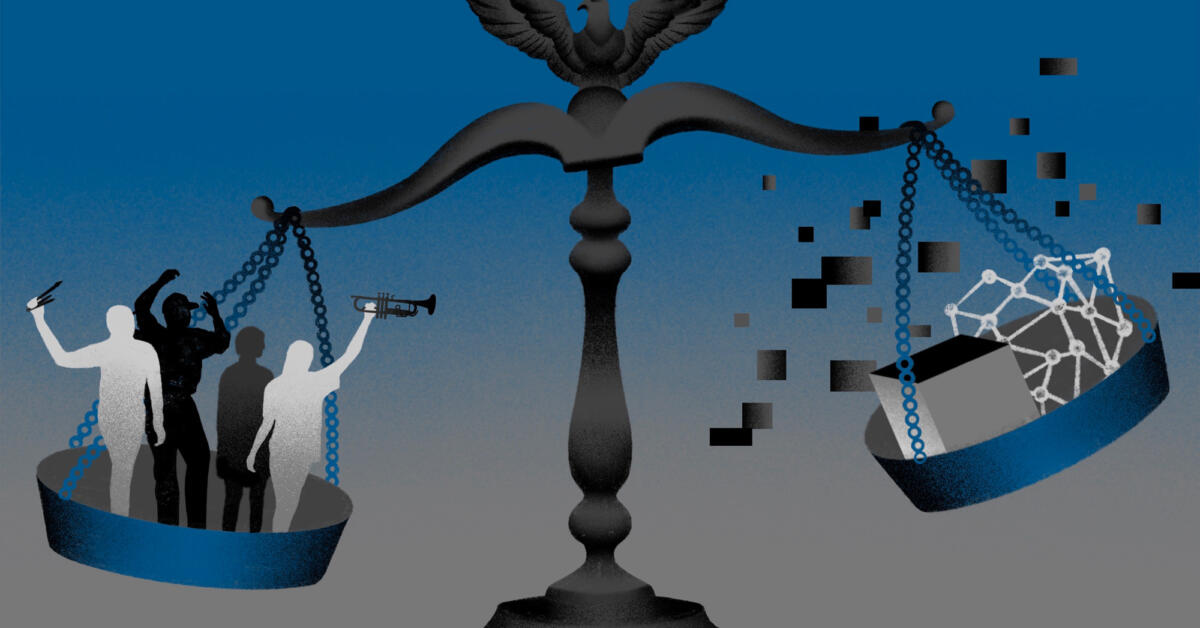
Even if you’re legally safe, you could still lose your account. Why? Because every platform has its own rules for handling AI-generated content, and breaking them can mean suspensions, takedowns, or permanent bans. Let’s unpack the major ones.
How Social Media Handles AI Art
- Instagram & TikTok
Both platforms allow AI art, and in fact, it often goes viral thanks to its novelty and shareability. However, there’s an unwritten rule: be transparent. Passing off an AI image as your own photograph (or pretending it’s fully hand-painted) can backfire, hurting both your credibility and engagement. In some cases, platforms may even add “AI-generated” tags automatically in the future. - ArtStation
ArtStation found itself at the center of controversy when it opened its doors to AI-generated art. Traditional artists protested with mass “No AI” banners across their profiles. Today, AI art is technically allowed, but the backlash shows how community sentiment can impact your visibility and reputation.
Just because you can post AI art doesn’t always mean the community will embrace it. Transparency helps you build trust.
Marketplaces: What You Can (and Can’t) Sell
Can you really sell AI art and even if you can, would you profit from it? The short answer is yes, and below are some platforms that you should keep in mind
- Etsy
You can absolutely sell AI art on Etsy, but the catch is disclosure. Many buyers value handmade authenticity, so failing to mention that your piece is AI-assisted can make customers feel deceived. Sellers who are upfront about using AI tend to avoid disputes and negative reviews. - Redbubble
Redbubble allows AI designs, but their biggest concern is low-effort spam. If you flood the platform with dozens of nearly identical AI outputs, you risk getting flagged or banned. Quality and originality matter more than sheer volume. - Stock Sites (Shutterstock, Adobe Stock, etc.)
These platforms are open to AI-generated content, but under strict guidelines. For example:
- All uploads must be labeled “AI-generated.”
- Content must pass quality control checks (no distorted hands, blurry details, or obvious artifacts).
- Copyright issues are taken seriously, anything resembling existing IP will be rejected.
On marketplaces, the rules are clearer: transparency + quality = compliance.
The Fine Print: Staying Compliant
Even if you’ve read summaries like this, don’t skip the actual Terms of Service. Each platform updates its policies regularly, and what’s allowed today might change tomorrow.
- Violating terms (like hiding AI origins, uploading spammy art, or infringing copyright) can result in account bans without warning.
- Marketplaces are especially strict because they face higher legal risks if copyright complaints come in.
Treat AI art like any other creative business. Read the rules, follow the rules, and never assume all platforms see AI the same way.
3. Or Will You Go Viral? The Opportunity Side of AI Art
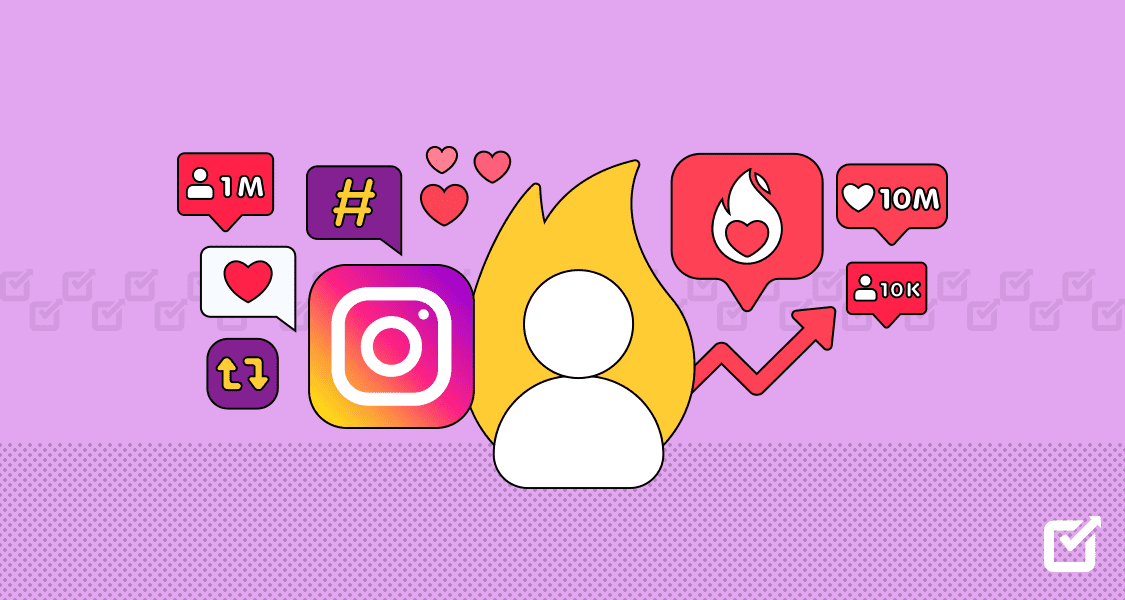
Now for the fun part: while some people worry about the risks of AI art, the opportunities are enormous. In fact, AI-generated art has a unique edge when it comes to going viral online.
Why? Because AI art is:
- Novel – People love seeing what’s possible with new technology. Every fresh trend catches attention fast.
- Visual – Social platforms thrive on striking visuals, and AI-generated content naturally sparks curiosity.
- Fast – Unlike traditional art, AI allows you to create content in minutes, meaning you can jump on trends immediately.
This combination makes AI art a perfect recipe for rapid growth.
Success Stories: Creators Who Blew Up with AI
There are a lot of people/content types online that has seen a lot of success, but here are the popular few;
- TikTok Time-lapses
Artists who share AI time-lapses, showing a prompt turning into a finished image, have racked up millions of views. The process itself is entertaining, not just the result. - Etsy Entrepreneurs
Sellers have built entire shops around AI art, offering everything from digital posters and coloring books to custom T-shirt designs. Some are earning thousands of dollars a month by combining AI efficiency with creative branding. - Instagram Niche Pages
Accounts built around specific AI art themes, like “dreamy cyberpunk cityscapes” or “mythical animal portraits”, are exploding in popularity. By consistently posting within a niche, they attract dedicated communities who can’t get enough of the style.
These stories prove one thing: AI art isn’t just about creating images, it’s about creating opportunities.
Strategies to Make Your AI Art Stand Out
Without a proper strategy, it would be easy for you to become another member of the crowd. A simple step-by-step strategy I encourage you to to follow is;
- Pick a Niche
Random prompts might be fun, but they rarely build long-term interest. Focusing on a specific niche (fantasy, anime, surrealism, futuristic architecture, etc.) helps you stand out and attract a loyal audience. - Tell a Story
The most successful creators don’t just post images, they share the why. Explaining the inspiration behind an artwork, or showing the prompt-to-output journey, makes the content more engaging and relatable. - Combine with Human Creativity
AI is a tool, not the final product. Elevate your art by:
- Adding Photoshop or Procreate edits for polish.
- Turning static art into short animations or reels.
- Narrating with voiceovers to add personality and emotion.
With this approach, AI art becomes more than content, it becomes an experience for your audience.
The Big Picture
At the end of the day, AI art can be more than a fun hobby. Used strategically, it can:
- Grow your audience on platforms like TikTok, Instagram, and YouTube.
- Create monetization opportunities through prints, merchandise, or digital downloads.
- Position you as an early adopter in a space that’s still exploding with potential.
AI art is a content machine. If you combine speed, storytelling, and a touch of human creativity, it can take you from casual creator to viral sensation faster than you think.
4. The Ethical Debate: Is AI Art “Stealing” or Innovation?
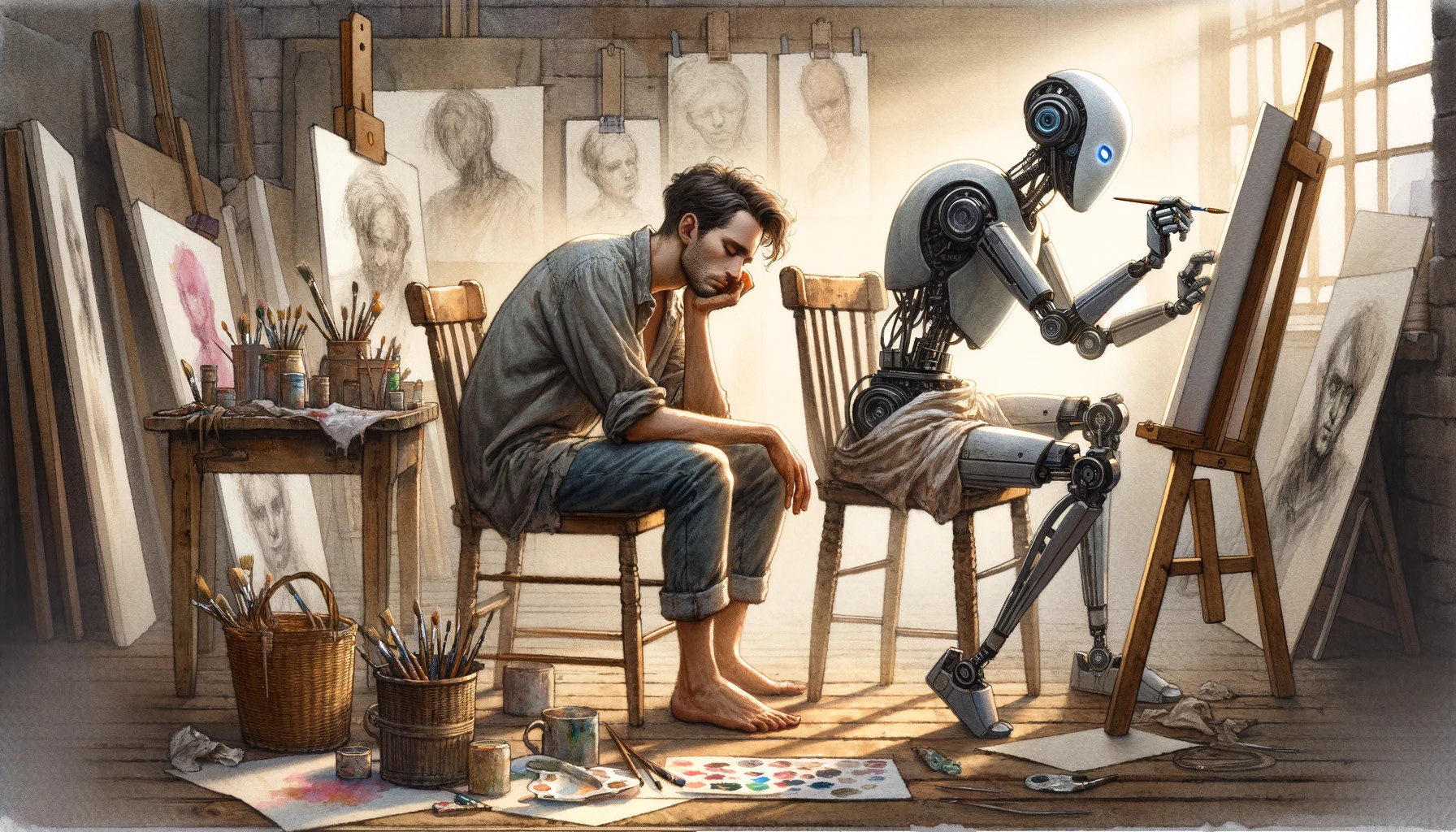
This is where things get heated. AI art doesn’t just spark curiosity, it also sparks controversy. Depending on who you ask, it’s either the future of creativity or the downfall of “real art.”
The Artist’s Perspective
For many traditional and digital artists, AI art feels like an unfair game. Their concerns often include:
- Style theft without credit or payment – Artists spend years developing unique techniques, only to see AI replicate their “look” in seconds. To them, it feels like someone profiting off their work without acknowledgment.
- Platforms flooded with low-quality spam – Marketplaces and social feeds are overflowing with AI art, much of it generated quickly without care for quality. This makes it harder for human-created work to stand out.
- Devaluing human creativity – When AI art sells for pennies or racks up likes online, many artists fear that audiences no longer value the effort, skill, and emotional depth behind traditional work.
Their frustration is real, especially for independent artists who depend on commissions, digital downloads, or Patreon support to make a living.
On the flip side, AI art advocates see it as a new medium, just like photography or digital editing once were. Their arguments often include:
- History repeats itself – When photography first appeared, critics argued it wasn’t “real art.” Today, photography is a respected discipline. Supporters say AI is simply the next evolution.
- More accessibility, more voices – Not everyone can draw, paint, or afford art school. AI opens the creative world to people who have ideas but lack technical skills.
- Collaboration, not replacement – Many creators use AI as a springboard: to brainstorm concepts, explore new aesthetics, or generate inspiration they later refine with traditional tools. In this view, AI isn’t the artist, it’s the assistant.
To them, AI isn’t erasing art, it’s democratizing it.
Finding Balance
So, where does that leave you as a creator? The ethical “gray zone” can feel messy, but there are simple ways to create responsibly with AI:
- Be transparent – If your art is AI-generated, say so. Honesty builds trust with your audience.
- Respect other artists – Avoid copying the exact style of living artists, especially without credit. If your prompt is “in the style of [famous painter alive today],” think twice.
- Add your own twist – Use AI as a starting point, not the final word. Remix, edit, or combine with your own creative input. This makes the work more original, and more yours.
Done right, AI doesn’t have to be stealing. It can be a bridge between human imagination and machine possibility.
The Big Picture
The truth is, both sides have valid points. Yes, AI raises real ethical questions about ownership and fairness. But it also unlocks new ways of thinking and creating that weren’t possible before.
At the end of the day, the key isn’t to treat AI as the enemy or the savior, it’s to use it responsibly, thoughtfully, and with respect for the creative community.
ALSO READ: How to Turn AI-Powered Services Into a Freelance Business in 30 Days
5. How to Use AI Art Safely & Smartly
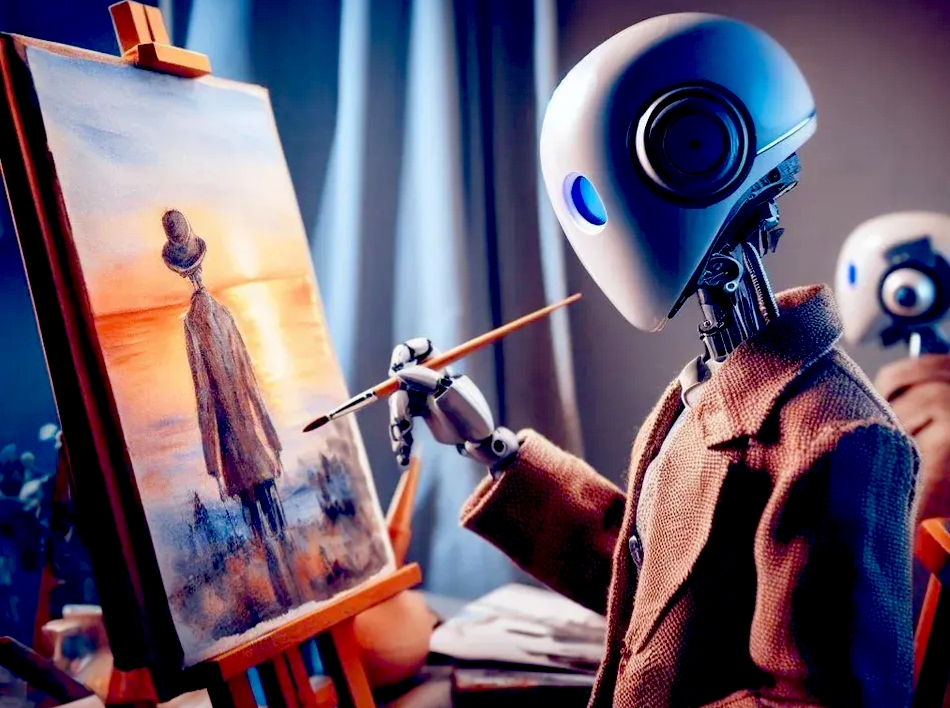
Want to explore AI art without getting into trouble? Here’s how:
Best Tools for AI Art
- MidJourney – Stunning, highly detailed images
- Stable Diffusion – Open-source and customizable
- Adobe Firefly – Safer for commercial use, trained on licensed data
- Canva AI tools – Perfect for beginners who want simple designs
- ChatGPT – Free to some degree and good for creating high-definition images from prompts and references
How to Avoid “Generic” Work
Without effort, whatever you make with AI will look and feel generic and regular, here is a remedy to it;
- Write detailed prompts (the difference between “a cat” and “a hyper-realistic orange tabby cat sitting on a .throne wearing a crown” is huge)
- Edit after generating – Add filters, text, or combine multiple AI images
- Mix AI art with photography, illustration, or 3D models for uniqueness
Where to Monetize AI Art
- Print-on-demand stores (Etsy, Redbubble, Teespring)
- Stock photo websites (Shutterstock, Adobe Stock)
- Social media content (Instagram carousels, YouTube thumbnails)
- Patreon or Gumroad (exclusive wallpapers, packs, or concept art)
The more personalization and creativity you add, the more value your AI art holds.
ALSO READ: Don’t Let AI Outgrow You: How to Stay Relevant in the Age of Automation
6. The Future of AI Art: What’s Next?
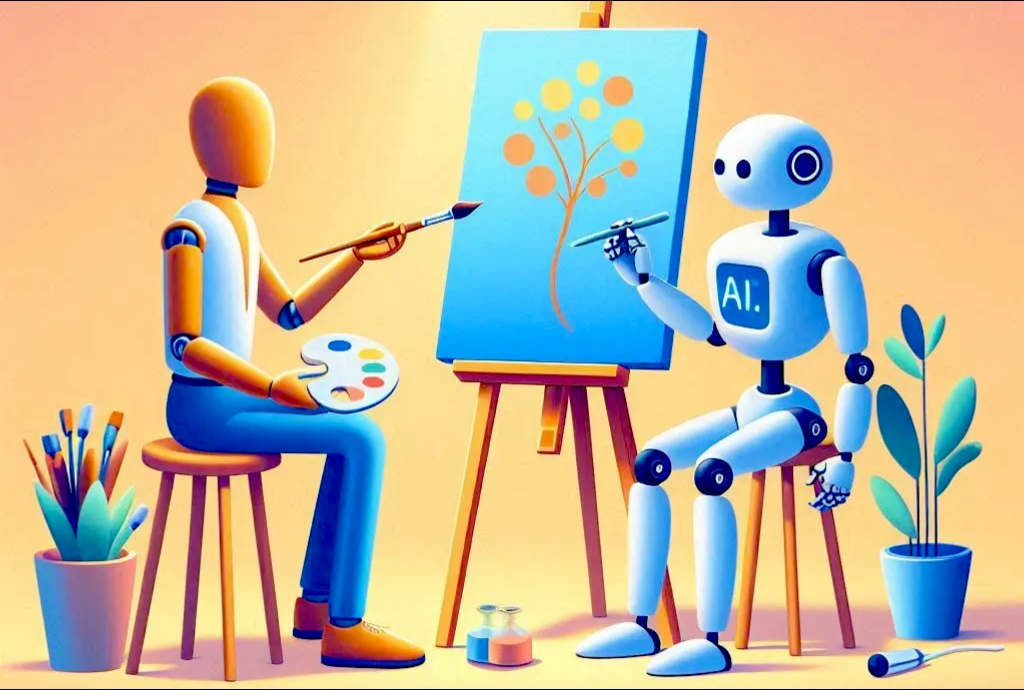
AI art isn’t going away, if anything, it’s evolving at lightning speed. The tools will get sharper, the outputs more convincing, and the opportunities bigger.
But at the same time, the rules, expectations, and challenges will keep changing. To stay ahead, you’ll need to understand where things are heading.
Legal Trends to Watch
Lawmakers, artists, and tech companies are just beginning to wrestle with the implications of AI-generated art. Here’s what’s on the horizon:
- Copyright lawsuits will set new precedents – As artists sue AI companies over training on copyrighted work, these cases will determine whether AI-generated images are legally “derivative works” or something entirely new.
- Governments may require licensed training data – Instead of scraping the internet freely, AI companies could be forced to pay for the datasets they use, which might lead to more ethical, and more expensive, tools.
- Clearer ownership rules are coming – Right now, who owns an AI artwork isn’t always clear: the prompter, the platform, or no one? Expect new regulations to spell this out, especially for commercial use.
Bottom line: The “wild west” phase of AI art won’t last forever. Structure and clarity are on the way.
Platform Adaptation
The platforms you share and sell on won’t stay the same either. Expect them to adjust as AI art continues to flood the internet:
- Social media may require disclosure – Sites like Instagram, TikTok, or X (Twitter) could introduce labels for AI-generated images, the same way they now flag sponsored posts. Transparency will become part of the culture.
- Marketplaces may tighten quality controls – To fight spam and oversaturation, platforms like Etsy and Redbubble could start filtering or limiting AI uploads that look low-effort or repetitive.
- Dedicated AI-only platforms could rise – Just as digital art once found homes on sites like DeviantArt or ArtStation, we’ll likely see specialized marketplaces and galleries built entirely around AI creators.
If you want your work to last, you’ll need to play by these evolving platform rules.
Why Creators Who Adapt Will Win
At the end of the day, success in AI art won’t come from the tools alone, it will come from how you use them. The future winners will be those who:
- Embrace AI as a tool, not a crutch – Use it to speed up your ideas and expand your reach, but don’t rely on raw prompts alone.
- Develop a unique style on top of AI output – The artists who stand out will be the ones who inject personality, storytelling, and polish into their AI work.
- Stay informed about evolving rules – Knowledge is power. By keeping up with legal updates, platform policies, and cultural attitudes, you can avoid missteps that derail your progress.
AI art’s future belongs to creators who combine adaptability with originality. Those who cling to shortcuts will get left behind; those who innovate will thrive.
Conclusion
So, back to the big question: Will you get sued, banned, or go viral?
- Sued? Unlikely if you play it safe and avoid copying.
- Banned? Possible if you ignore platform rules.
- Go viral? Very possible if you’re creative, consistent, and smart about it.
AI art is both a risk and an opportunity. The truth is, it’s still a wild west, but that also means there’s huge potential for creators willing to explore.
If you want to stand out, use AI as your paintbrush, not your entire canvas. Mix your ideas, your creativity, and your personal touch. That’s how you’ll create work that’s not only safe, but also unforgettable.
So, will you get sued, banned, or go viral? The choice depends on how you use AI. And if you do it wisely, you just might do all three… but for the right reasons.



